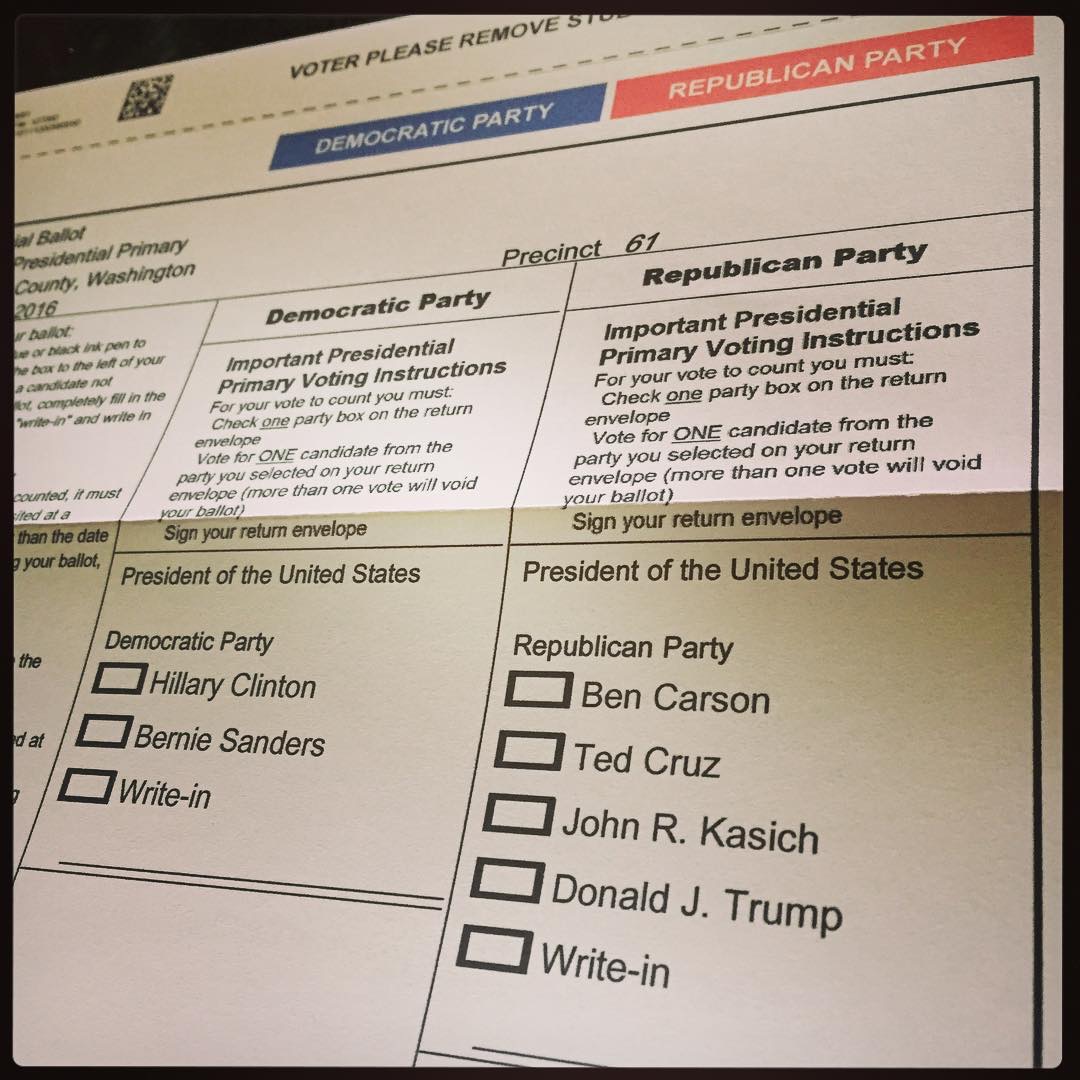An excerpt from a post by Sofia Ali-Khan on Facebook, the whole thing should be read as well:
Out yourself as someone who won’t stand for Islamophobia, or will stand with Muslims—there is an awful lot of hate filling the airways, and there are an awful lot of people with access to the media and/or authority stirring the pot about Muslims. Please help fill that space with support instead. Post, write, use your profile picture or blog to voice your support.
I can tell you that in addition to the very real threat to their civil and human rights that Muslims are facing, we are dealing with a tremendous amount of anxiety. While we, many of us, rely on our faith to stay strong, we are human. This is not an easy time. What you do will mean everything to the Muslim Americans around you. Thank you for reading and bless you in your efforts.
One of the friendliest, most genuinely pleasant students I got to know here at CWU is Muslim. He graduated with his BA in Law and Justice last year, and is now working on his master’s degree. While an undergraduate, he was involved in several campus clubs reaching out to underprivileged and minority students. Now, he works with young people at a local juvenile detention facility. Just yesterday, he was here with a small group of them, as he has been every couple weeks this quarter, bringing them in to our department to meet and speak with community figures as part of the kids’ rehabilitation measures. The dedication and care he showed as a student and shows now as a counselor and leader is truly inspiring.
There are always a number of international Muslim students at CWU, mostly from Saudi Arabia, here learning English and pursuing American academic degrees. While I don’t often work directly with them (though my wife does, and has a lot of fun working with them as they learn English), many of their classes are held in the building where I work, so I see them quite frequently. It’s fun to see them talking and laughing, not just in Arabic among themselves, but frequently in English as they speak with the Korean and Chinese students who are also part of our international programs. I’ve often received very pleasant greetings and smiles from the men and women both — and, yes, sometimes I can only see the women’s smiles in their eyes, as the rest of their face is covered, but the smile still shows through.
And so often these days, I worry about what these students must think of us. How often they worry about their own safety. How often they’re the victim of attacks, subtle or overt, verbal, non-verbal, or physical. How frightening it must be for them to be here, trying to learn, to improve their lives, to experience life in another country, to make friends and expand their world, all while knowing that so much of this country fears and hates them because of the actions of a small group of extremists who don’t speak for the majority.
I am # standingwithmuslims . I condemn Islamophobia and hate speech. And I’m greatly saddened that so many people who profess to love this country are so scared that they’re so willing to abandon many of the core concepts that this country is built on.



